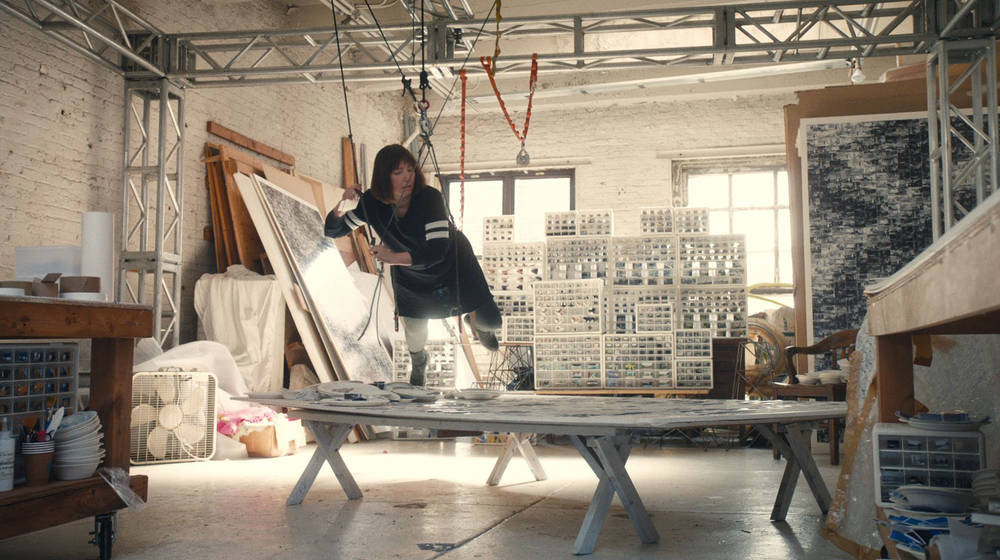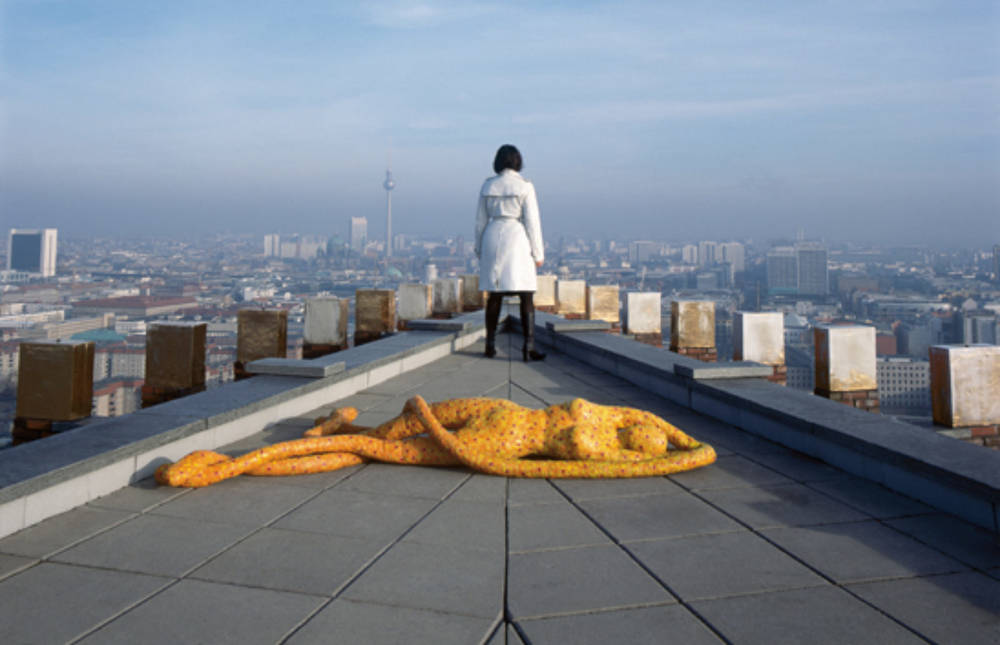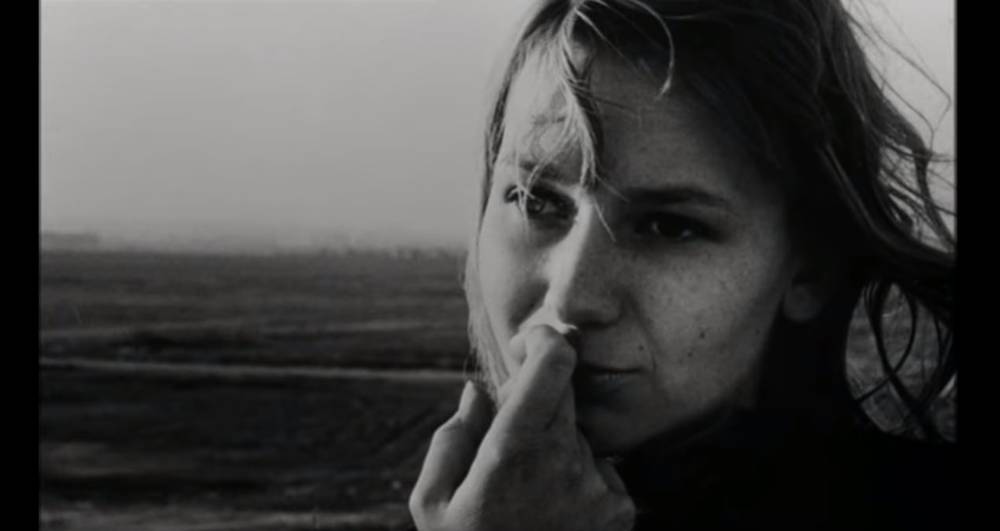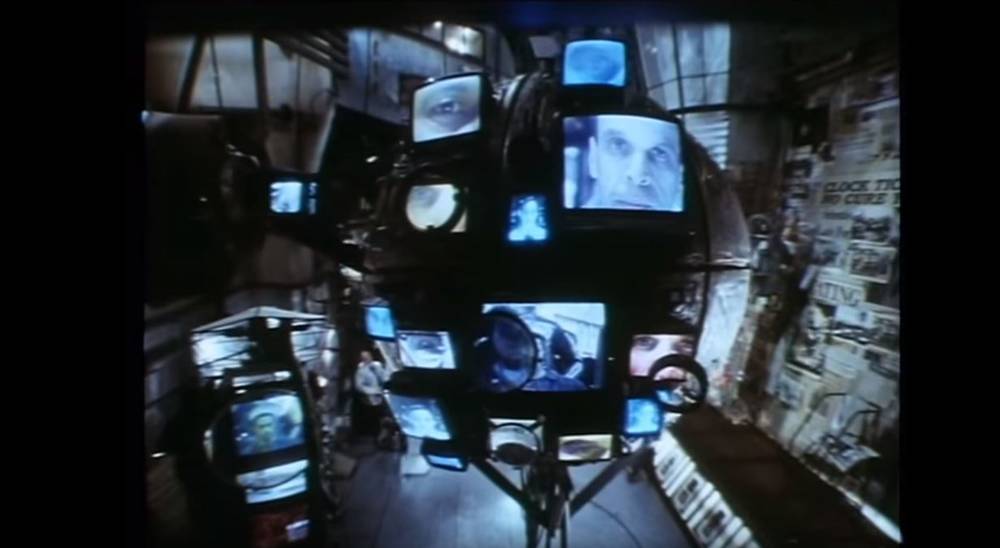How does it feel to walk through a city devoid of people? In “Unsettled Matter” Holly Zausner strawls through a desolate, ghostly New York City.
In 1987, German dramatist Heiner Müller launched a critical attack on New York City. In the foreword to Arno Fischer’s photobook “New York Ansichten”, he wrote: “New York, an entity that consists of its own explosion, FICKLE AND FLIGHTY as if biblically cursed […] A city of loneliness: Nowhere else do you hear so many people talking to themselves as in the cavernous streets of New York. […] Before you die, you have to see New York – one of mankind’s great mistakes.”
The photobook itself then most definitely does show the city, and first and foremost that which undoubtedly constitutes the city in most people’s eyes: its inhabitants, with their misery, isolation and social division, just as denounced by Müller in the foreword. But what can a city tell us about itself independently of its inhabitants? Can we never experience it empty of people?
Hanging by a thread
Artist Holly Zausner, who was born in the USA, has tackled this very problem: In “Unsettled Matter” (2015), she pulls off a cinematographic miracle and shows New York City free of people. The film loop begins in the studio: Hanging from safety ropes, the artist works on a large-format photo collage on a table beneath her. Somewhat precariously, Zausner floats as if free of gravity above her work, until suddenly the rope becomes detached and she falls onto the table – the detailed work of hundreds of photos is destroyed and her lifeless body dangles over the broken table.
A city of loneliness: Nowhere else do you hear so many people talking to themselves as in the cavernous streets of New York.

The following scene is the only one in “Unsettled Matter” that shows us the metropolis as we are used to seeing it: Holly Zausner stands motionless on Time Square, while swarms of people scuttle past her in fast forward. The title that then appears forms a break, and the artist is entirely alone in the city. With steady steps she wanders along empty Broadway, through Chinatown, Wall Street, the MoMa and Grand Central Station. Dressed in a dark trench coat with sunglasses, she walks, without us knowing whether she is heading somewhere or being pursued, stopping only briefly in a bar, the museum, a cinema – in which Antonioni’s classic film about the isolation of the modern individual “L’Avventura” is showing – and in a bookshop.
An eery, disconcerting atmosphere
The absence of any inhabitants gives “Unsettled Matter” a disconcerting atmosphere, one that seems to bode ill. Empty streets are familiar to us from American film noir movies – which Zausner appears to reference with her clothing – such as John Huston’s “Asphalt Jungle”, in which crooks and no-hopers go about their misdeeds in desolate cities. However such scenes, in keeping with the genre, play out at night and not in broad daylight. The lack of people (who underpin the existence and sense of purpose of cities in the first place) offers a new view of the metropolis itself, which now appears by turns ghostly, melancholy and threatening.
In "Unsettled Matter" the city becomes the ultimate body, with its arteries made of subway lines and road networks, while the buildings are like countless cells forming tissue.
In earlier works such as “Unseen” (2007), Holly Zausner already showed us empty streets and railway stations: There the artist carried a shapeless doll through shopping arcades, museums and historic squares in Berlin, but the focus there was clearly on her own corporeality in light of humanity’s cultural achievement. There is no longer any trace of this in “Unsettled Matter”, or rather: Here the city becomes the ultimate body, with its arteries made of subway lines and road networks, while the buildings are like countless cells forming tissue.
The city lives, with or without people
In contrast, the body of the artist herself hangs clumsily, then lifelessly, in ropes, or is later even seen fading completely. The last shots show the fountains in Washington Square Park. The camera focuses ever more closely on the water shooting upward, its soothing blue in the underexposed shots quickly giving way to a threatening black, giving it the appearance of an elixir: The city lives, whether it’s with or without people, fickle and flighty, as Heiner Müller puts it.

As her favorite film for the second part of the evening, Holly Zausner has chosen “La Jetée” (“The Jetty”) by French artist Chris Marker, dating from the year 1962. The “gloomy time-travel classic”, as the Neue Zürcher Zeitung once described it, was referred to as a “photo novel” by Marker himself. In fact, except for one shot, the film consists entirely of stills, with the narrator heard as a voiceover. Alfred Hitchcock’s film classic “Vertigo” inspired Marker to make “La Jetée”, for which he produced a large proportion of the images on a day off during the shoot for his film “Le Joli”, then went on to develop the narration that creates the story only while editing the film.
A gloomy time-travel classic
As in “Vertigo”, here too the protagonist (Davos Hanich) is virtually obsessed by a woman he saw as a child at Paris’s Orly airport. The present, however, is far more bleak: World War Three has made the surface of the Earth uninhabitable, and the survivors live in catacombs beneath Paris. The man who is kept prisoner there suffers from constantly recurring flashbacks to a past encounter and is subsequently exploited by scientists in time-travel experiments. The trips into both the future and the past eventually allow him to trace his own obsession.


Davos Hanich in La jetée, Image via mubi.com
“La Jetée” wrote cinematographic history, even though the work only became known to a wider public in the 1990s when the screenwriters of Terry Gilliam’s science fiction apocalypse movie “12 Monkeys” drew largely on Marker’s work. In Marker’s piece, the ghostly feeling Holly Zausner conjures up in “Unsettled Matter” have given way to a bleak reality: Cities have long since been reduced to ash and rubble and people can only experience them in memories, which is the only thing humanity has left. Memory, for its part though, leads only to ruin, as is the case for Zausner in her work with photos, momentary snapshots of the past, as she falls from the safety ropes, burying the images beneath her and ultimately hanging lifeless in the ropes.










